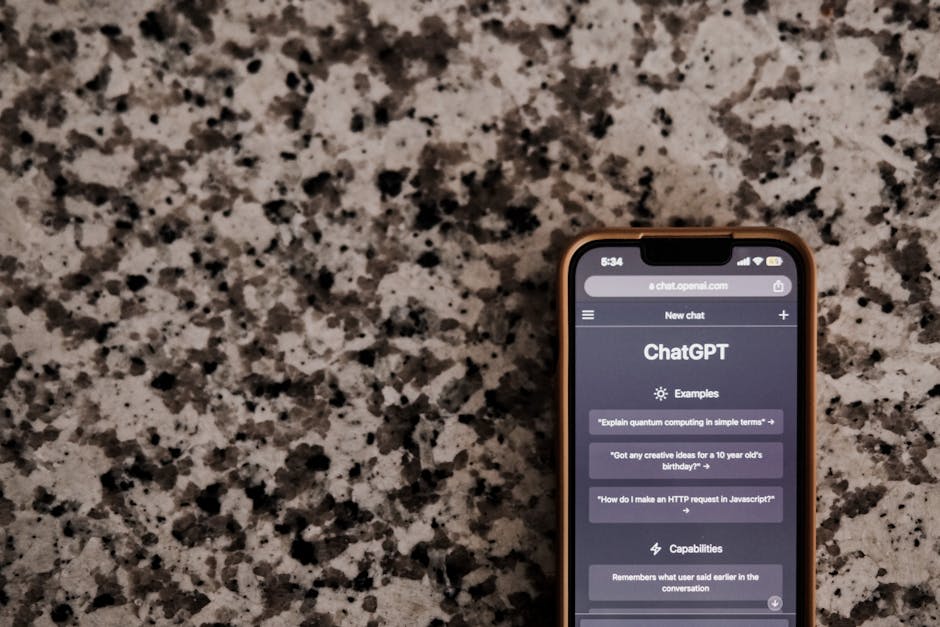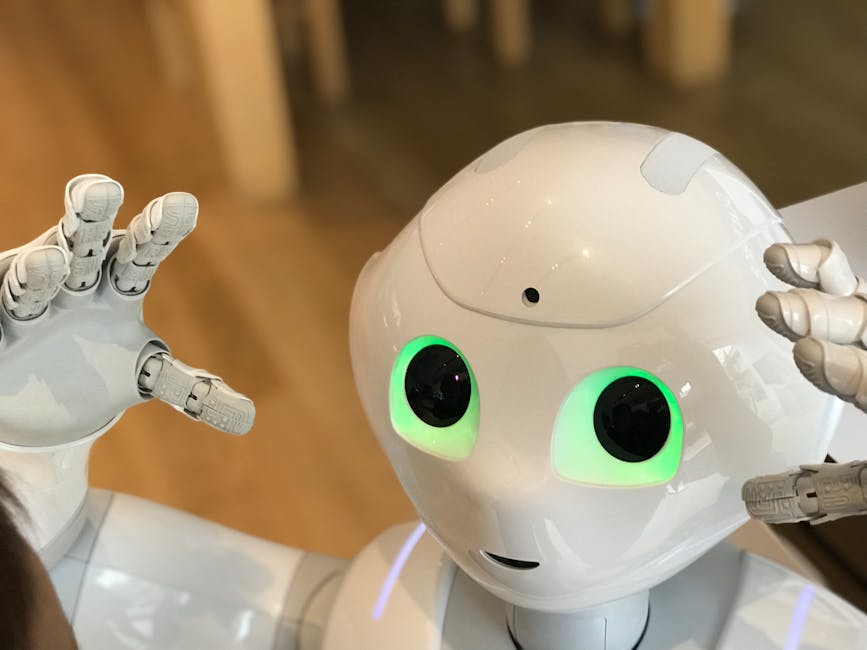The AI-Driven Workplace Utopia: Engage Employees with Gaming Dynamics
Imagine stepping into a workplace where tasks blend seamlessly with playful engagement, where productivity and creativity spiral upward, and employees feel genuinely invested in their roles. Welcome to the AI-driven workplace utopia! By tapping into gaming dynamics and AI tools, businesses can enhance employee engagement and productivity in ways we’ve only dreamed of.
As organizations strive for innovative solutions in this fast-paced digital landscape, the fusion of artificial intelligence and gamification presents an exciting avenue. This article dives deep into how businesses can leverage these tools to mitigate employee disengagement, enhance collaboration, and even create a thriving company culture.
Understanding Gamification in the Workplace
Gamification refers to the use of game design elements in non-game contexts. For businesses, this means integrating mechanics like points, levels, leaderboards, and rewards into daily work tasks to increase motivation and engagement. Think of it as turning mundane tasks into lively challenges that inspire employees to excel and take initiative.
Why gamification? Research indicates that incorporating these elements can enhance learning, improve engagement, and drive better performance. For example, a study from the Harvard Business Review highlights that employees are more likely to stick to tasks when there’s a challenge they can conquer—just like in a game. But what if we layered AI on top of this already dynamic concept? That’s where the magic happens.
AI as an Enabler of Gamification
Artificial intelligence can elevate gamification strategies by personalizing the experience for each employee. AI algorithms analyze employees' performance data, providing tailored challenges based on their strengths and weaknesses. For instance, if an employee shows proficiency in a certain skill but is struggling in another, AI can create a game-like scenario that rewards them for improvement, effectively turning weaknesses into opportunities for growth.
Moreover, AI-driven analytics can measure engagement levels and predict when performance might dip, allowing managers to intervene and refresh game mechanics, ensuring employee motivation stays on high alert.
The Psychological Impact of Gamified AI Tools
Motivation through Rewards

The intrinsic motivation to win, achieve, and outperform is deeply rooted in human psychology. By harnessing AI tools that gamify tasks, businesses can tap into this motivation. Consider reward systems that offer points for completing tasks or achieving personal bests— these incentives can foster a sense of accomplishment and urgency. Employees are not just ‘doing their job'; they’re engaging in a quest where success yields tangible rewards, creating a fun, competitive atmosphere.
Team Collaboration

Gamification isn’t just a personal endeavor—it can also facilitate team dynamics. By introducing team-based challenges, organizations can foster collaboration. For instance, employees from different departments could team up to tackle work challenges in a game format, breaking down silos and encouraging communication. Here, AI steps in further—analyzing team dynamics and shaping challenges that leverage collective strengths to maximize results.
Enhanced Learning and Development

Upskilling becomes more engaging with gamified AI tools. Instead of traditional training modules that often feel monotonous, gamified learning experiences can turn education into a friendly competition. Employees can engage in simulations that mirror real-world scenarios, earning badges as they master new skills. This not only helps retain information but also provides immediate feedback, nurturing continual growth. To explore the rising trend of AI in employee development further, you might find our article on harnessing AI tools insightful.
Real-World Examples of AI and Gamification Success

Case Study: Microsoft and AI in Gamification

Microsoft’s use of gamified AI in its productivity tools is a perfect illustration. The company's Microsoft Teams platform integrates gamification through recognition systems that reward employees based on their participation and completion of tasks. This strategy has resulted in increased user engagement and collaboration across teams—proving that when work feels less like a chore and more like a game, productivity can skyrocket.
Enterprise Learning through Platforms like Kahoot

Kahoot is another prevalent example. Organizations leveraging this AI-driven platform create learning experiences that resemble a live quiz game, where employees compete for points. The immediacy of real-time feedback and team participation motivates employees to engage more deeply with training content. This engaging format enhances retention while contributing to a culture of continuous learning and development.
Challenges and Considerations

While the benefits of integrating AI and gamification are plentiful, they aren’t without challenges. Consider the following:
Over-Motivation Risks

While competition can be a great motivator, it can also lead to burnout. If not appropriately managed, gamification can create an overly competitive atmosphere that might alienate some employees. Companies must balance competition and reward systems with a culture of collaboration.
Misalignment of Objectives

If the goals of gamification and AI tools are not aligned with business objectives, they may yield little to no results. It’s crucial to define what constitutes success for the organization and ensure that gamified elements drive desired outcomes.
Data Privacy and Ethics

Whenever AI tools are utilized, issues concerning data privacy and ethical considerations arise. Businesses must be transparent and respectful regarding data usage while ensuring interaction with AI tools remains a positive experience. Constructing ethical AI frameworks will be pivotal as workplaces evolve; our article on crafting ethical AI decision-making frameworks highlights this necessity.
Strategies to Implement AI-Driven Gamification

Start Small and Iterate

Begin with a pilot program, using AI tools that gamify a single aspect of work or training. Measure employee engagement and productivity over time. These insights provide valuable feedback for scaling your gamification initiatives across the organization.
Involve Employees

Employees should be involved in the decision-making process regarding which gamification elements to introduce. This not only increases buy-in but also ensures that tools are designed to meet real needs rather than imposed from above. Employee input can illuminate unique insights about their challenges and the potential benefits of these initiatives.
Continually Assess and Adapt

Regularly assess the effectiveness of AI-driven gamification. Use data collected from AI tools to fine-tune elements and maintain an optimal balance between fun and productivity. Be flexible and open to change, relying on continuous feedback to iterate your strategies.
Future of AI and Gamification in Business
The integration of AI and gamification will undeniably reshape workplaces in the coming years. As AI becomes more advanced, its application in gamified settings will likely grow in creativity and complexity. Whether through creating immersive virtual reality training scenarios or employing AI to simulate real-world challenges, the future appears boundless.
As businesses leverage AI tools not just to enhance productivity, but also to foster cultural dynamics that support employee happiness and retention, we can expect a paradigm shift that prioritizes well-being alongside bottom-line results.
Final Thoughts
The marriage of AI and gamification is not just a novel trend; it represents a transformative moment for how we approach work. By creating an environment where employees feel engaged, motivated, and valued, organizations can harness the full potential of their workforce. The AI-driven workplace utopia is within reach, waiting to be shaped by creativity, technology, and a commitment to culture.
As you consider implementing these dynamic strategies, remember to prioritize the human experience. After all, an engaged employee is a productive employee, and through AI gamification, the workplace of tomorrow can inspire greater collaboration, creativity, and joy in the journey of work.






